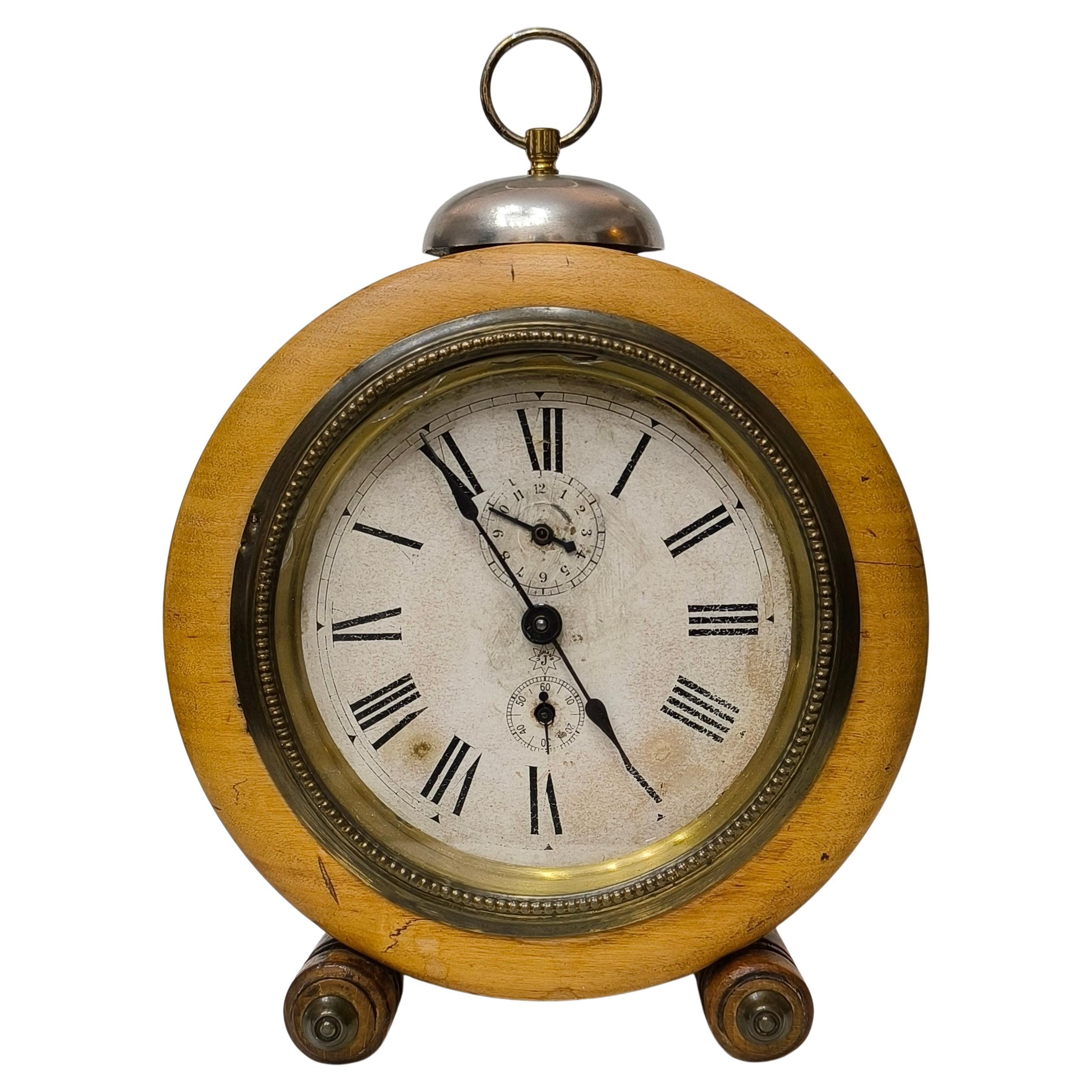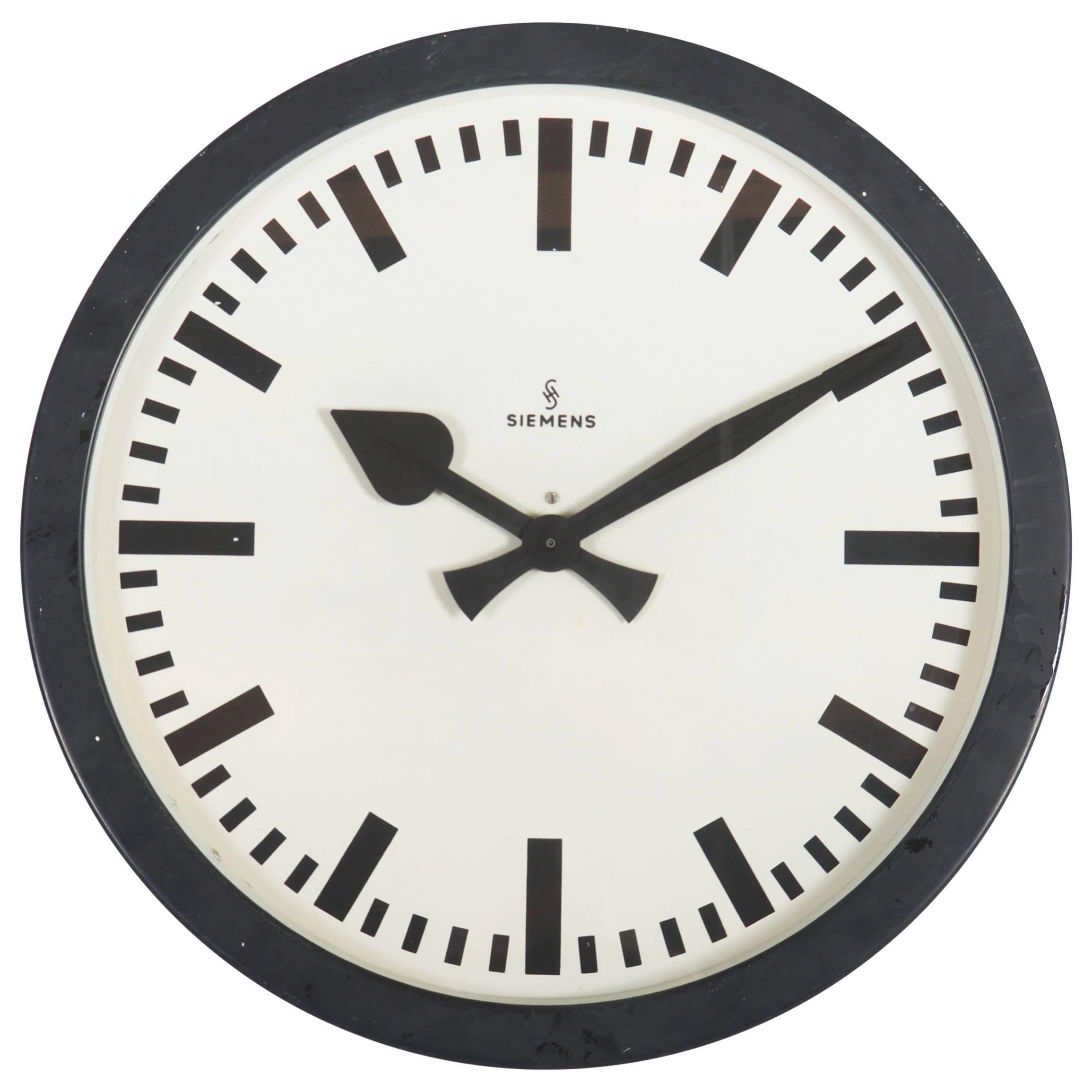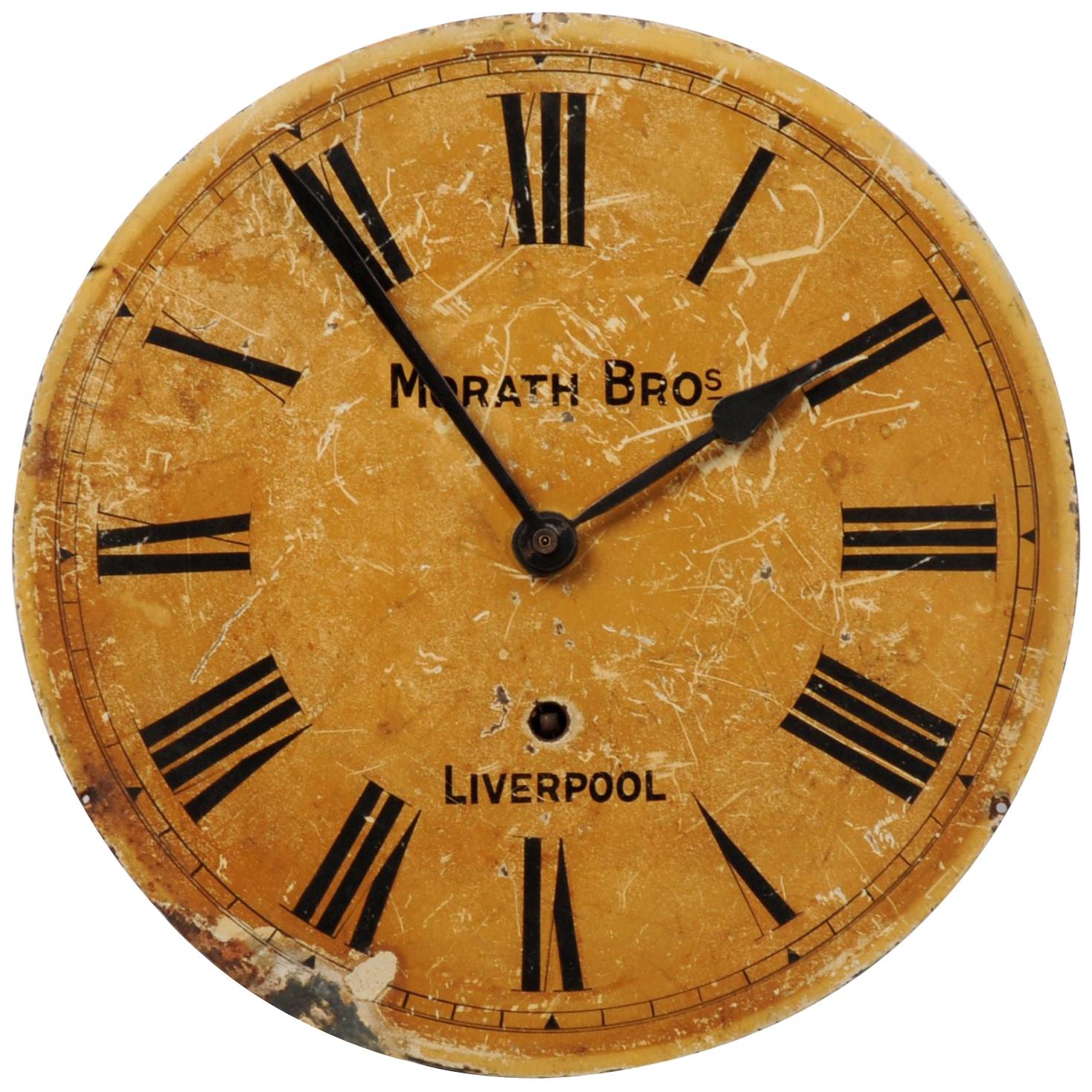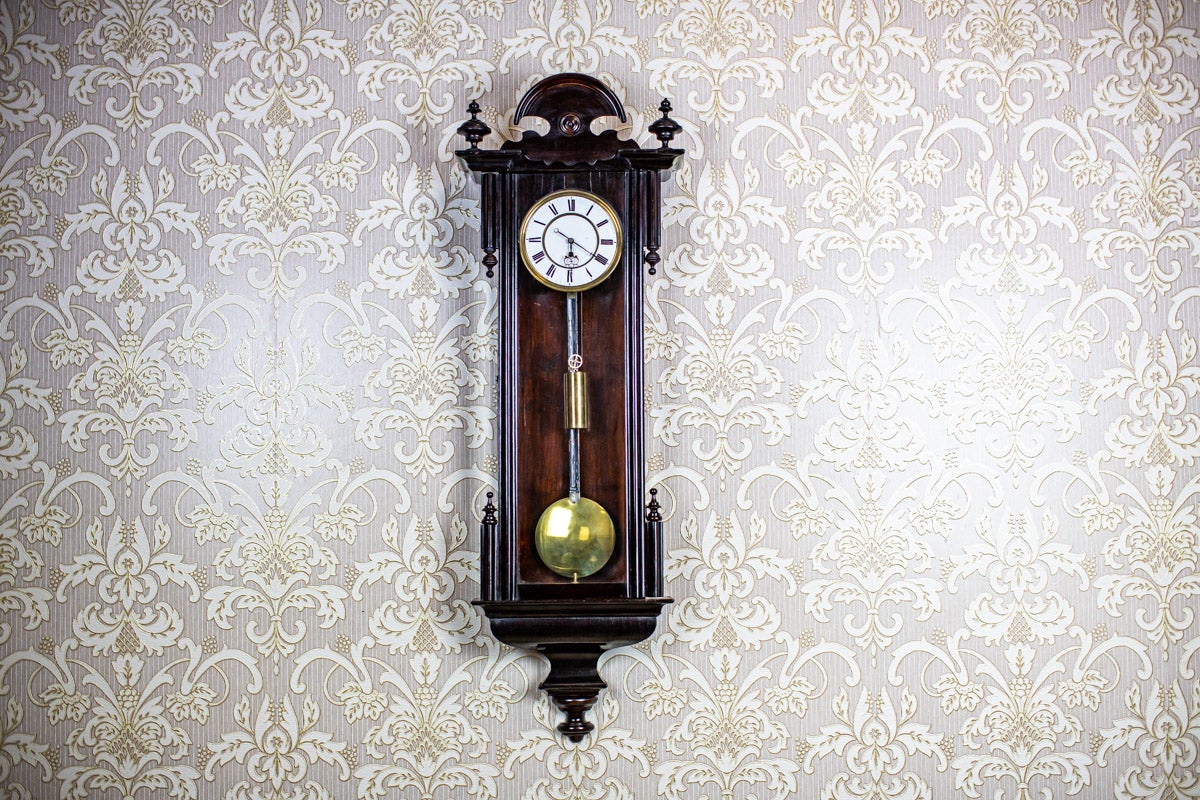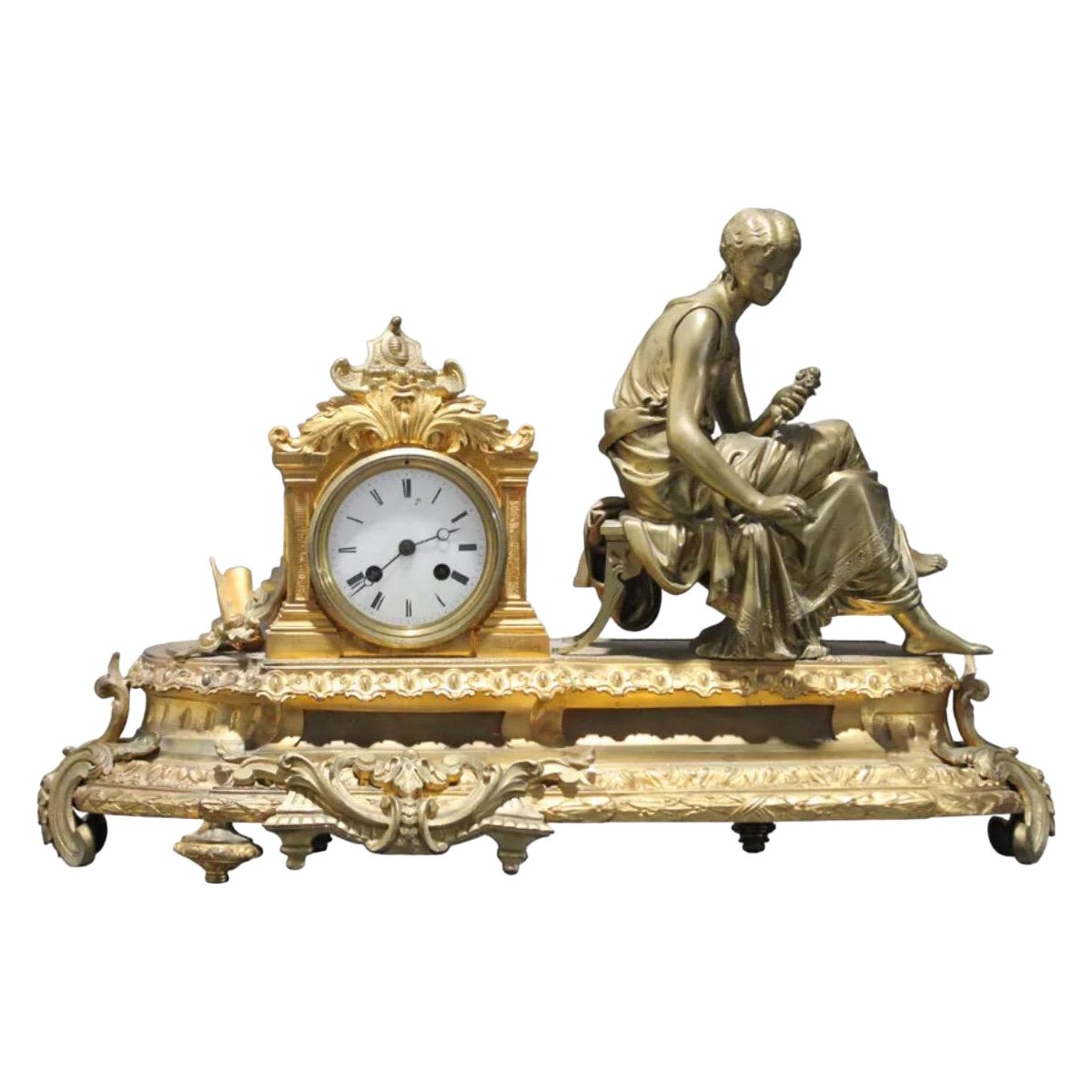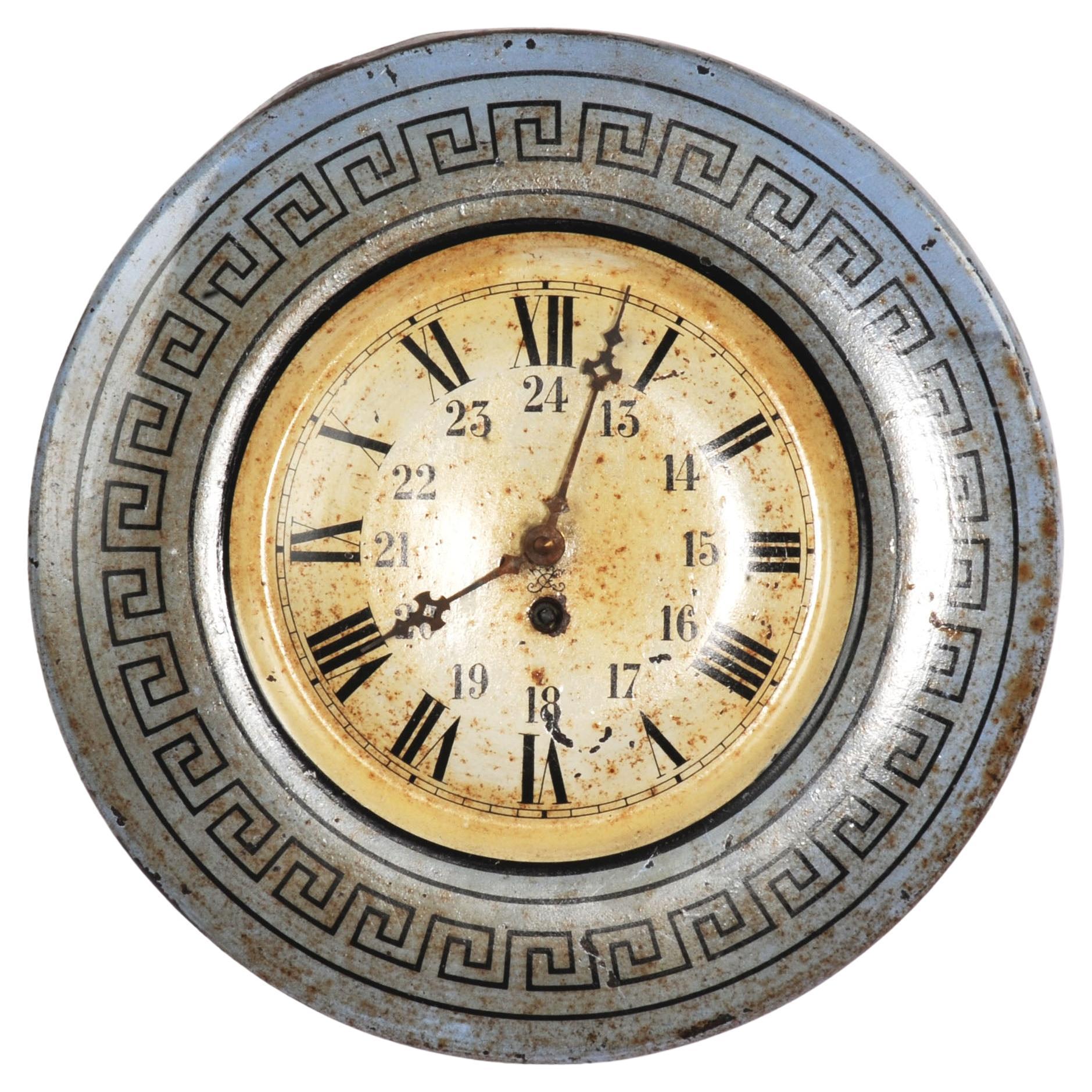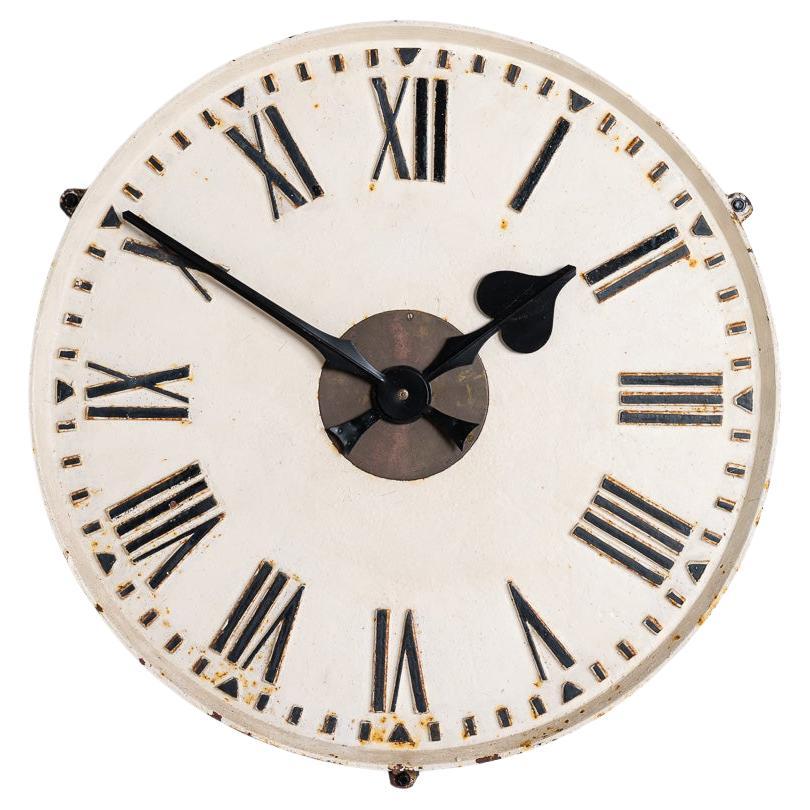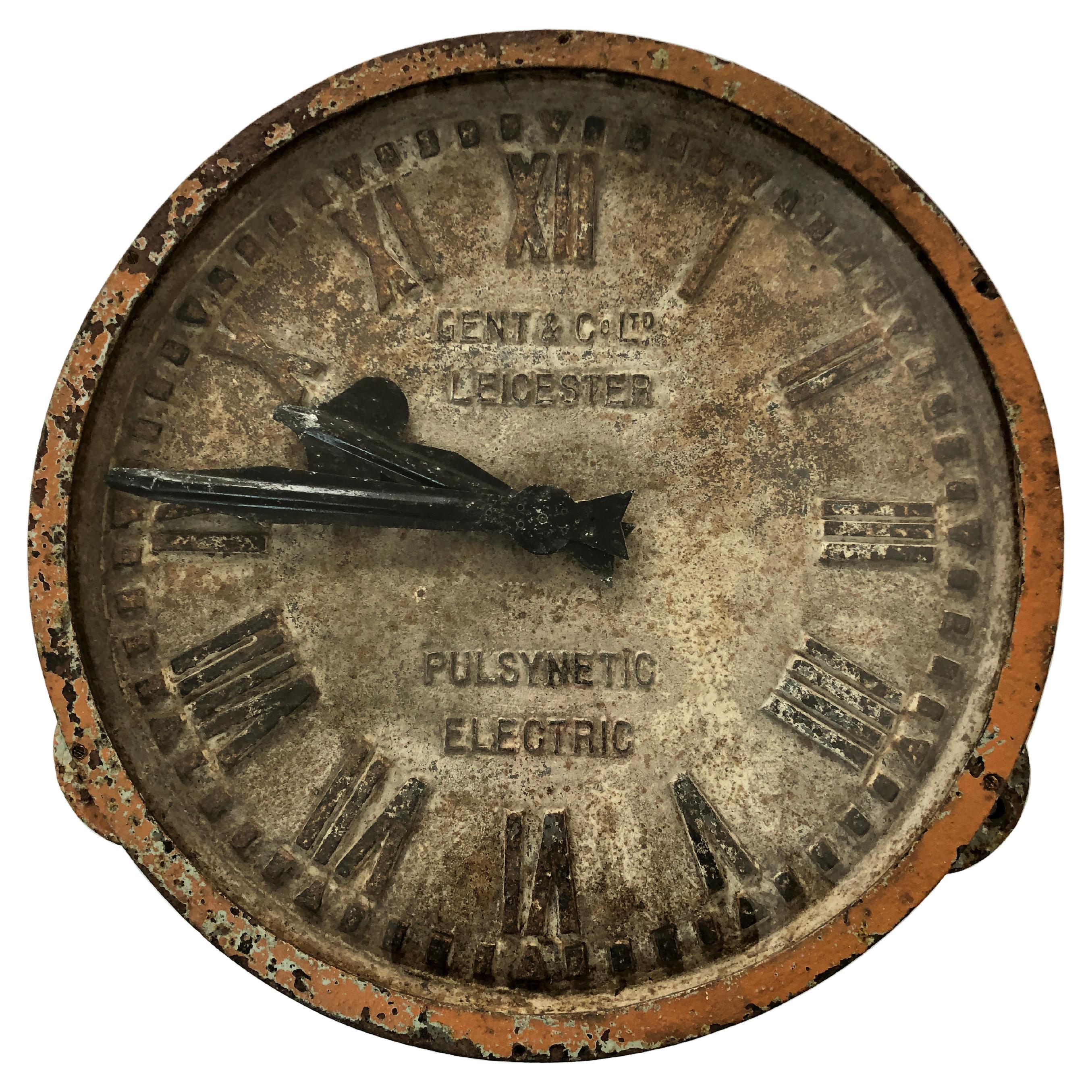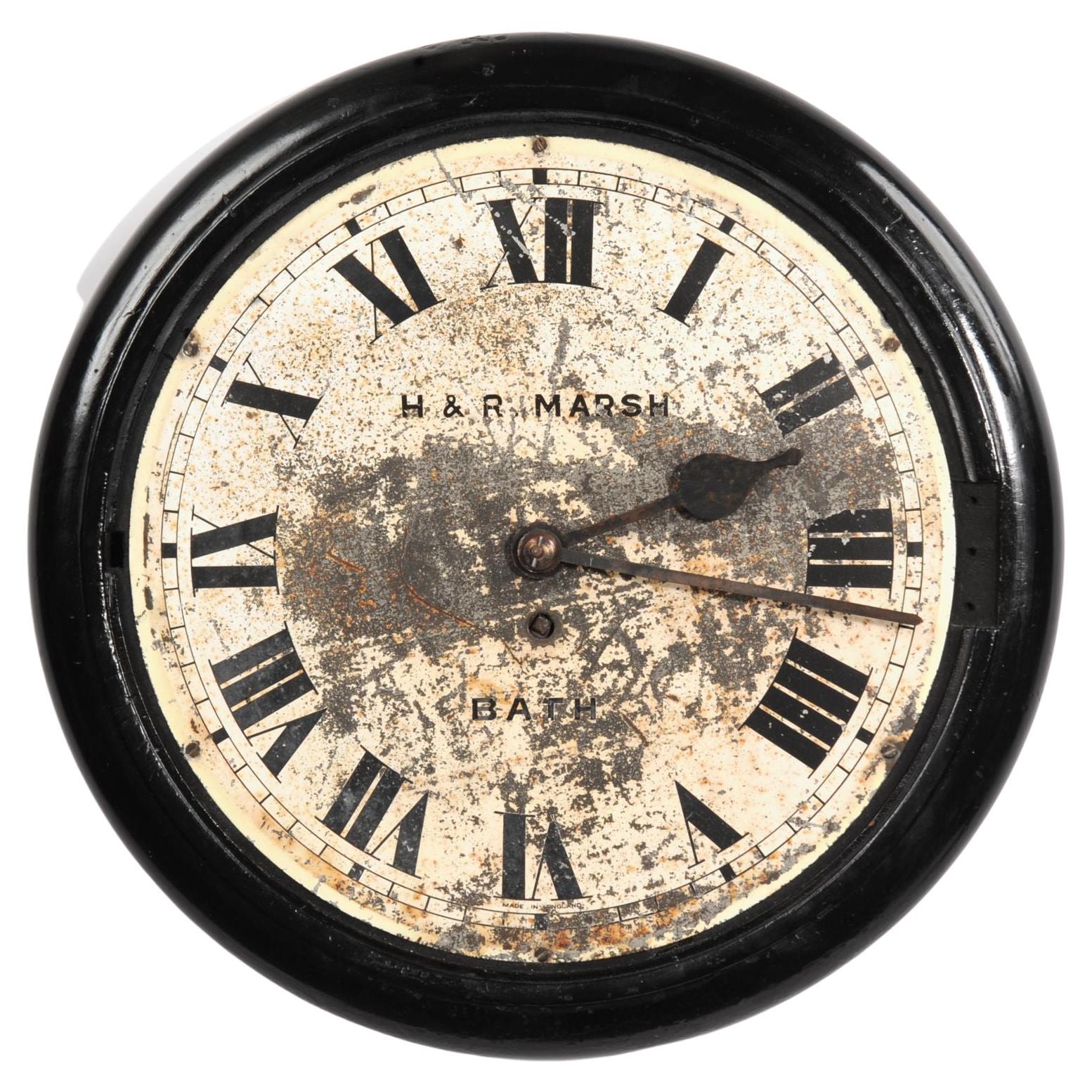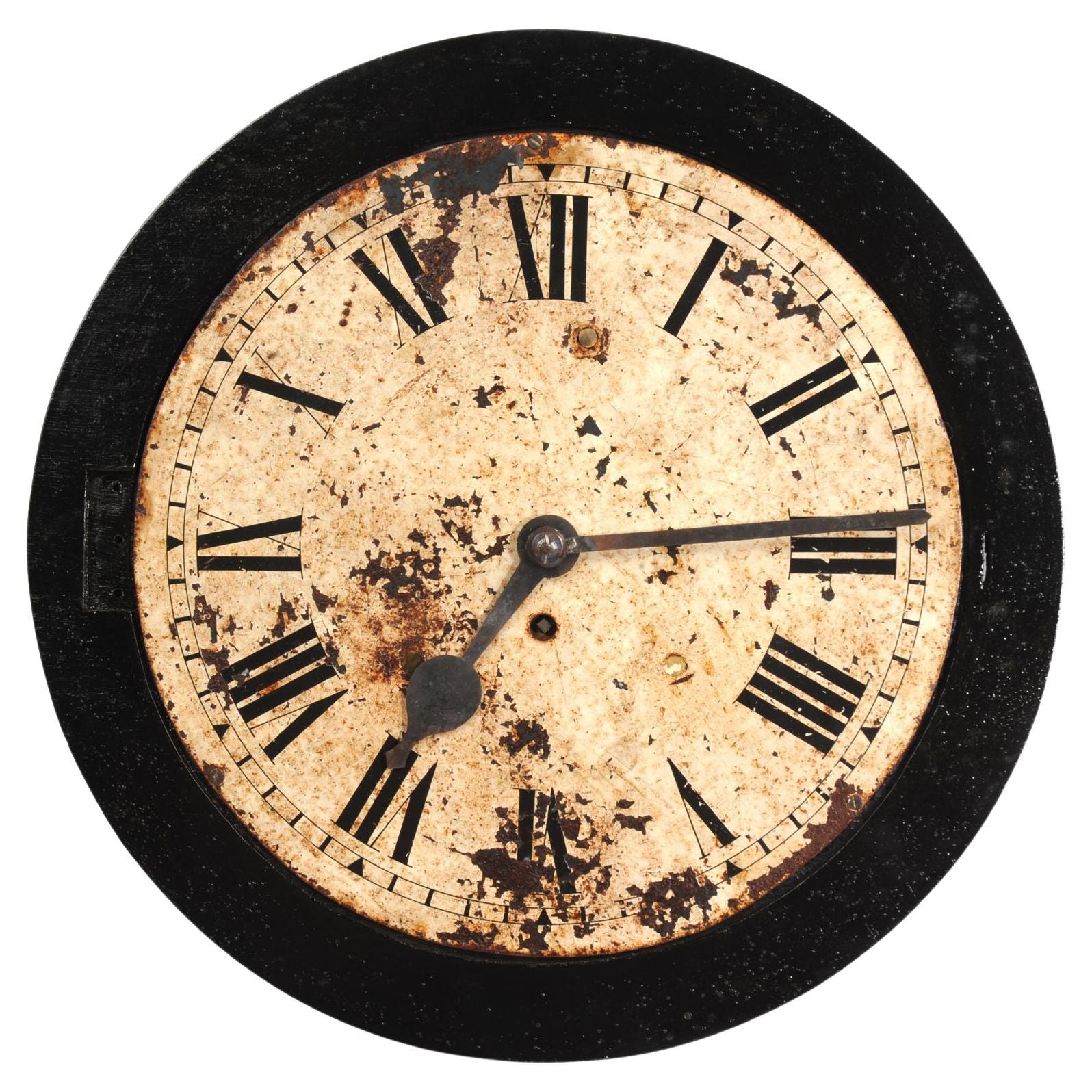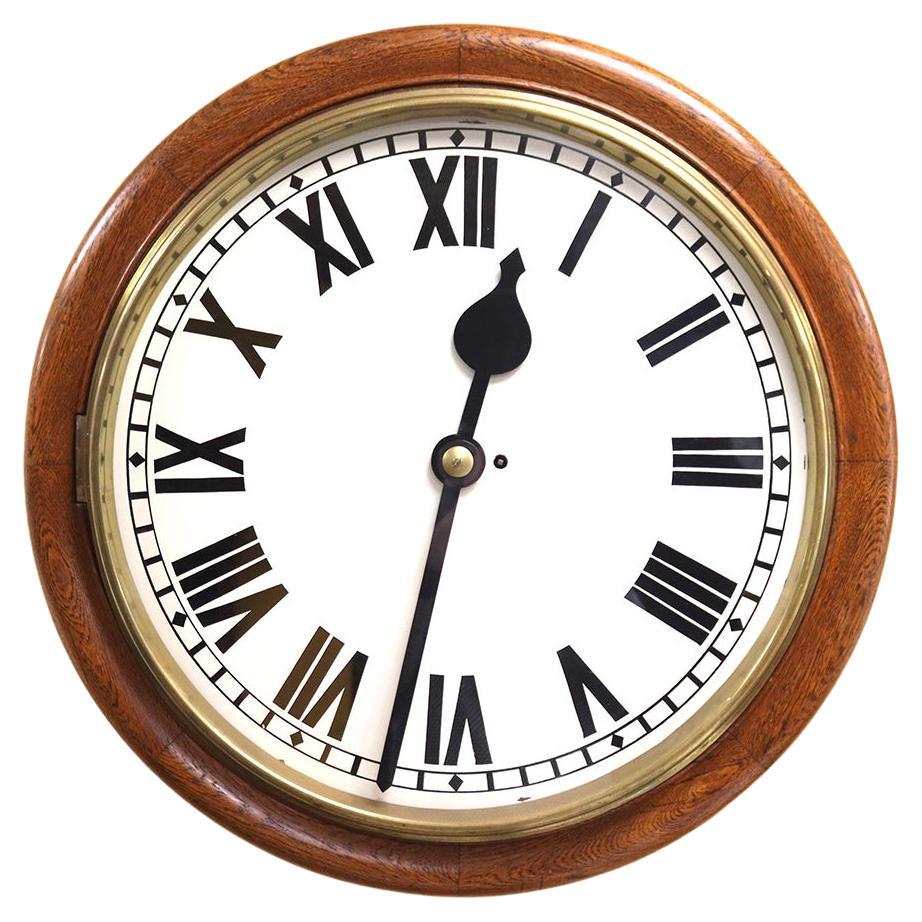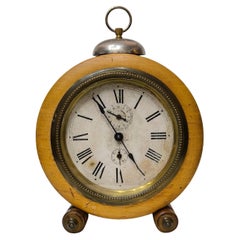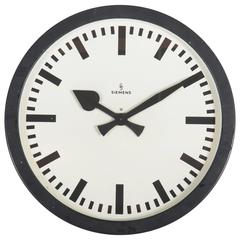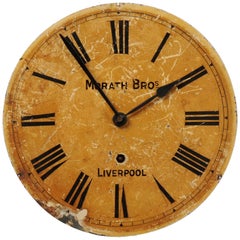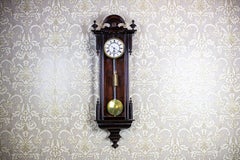Very Big Antique Wood Cased Iron Dial Railway Station Clock, Germany, 1890s
View Similar Items
1 of 19
Very Big Antique Wood Cased Iron Dial Railway Station Clock, Germany, 1890s
$7,369.49List Price
About the Item
- Creator:Junghans Uhren GmbH (Clockmaker)
- Dimensions:Height: 3.94 in (10 cm)Diameter: 38.59 in (98 cm)
- Style:Industrial (Of the Period)
- Materials and Techniques:
- Place of Origin:
- Period:
- Date of Manufacture:1890s
- Condition:Wear consistent with age and use. The clock is in good original condition.
- Seller Location:BUDAPEST, HU
- Reference Number:1stDibs: LU3916314860512
Authenticity Guarantee
In the unlikely event there’s an issue with an item’s authenticity, contact us within 1 year for a full refund. DetailsMoney-Back Guarantee
If your item is not as described, is damaged in transit, or does not arrive, contact us within 7 days for a full refund. Details24-Hour Cancellation
You have a 24-hour grace period in which to reconsider your purchase, with no questions asked.Vetted Professional Sellers
Our world-class sellers must adhere to strict standards for service and quality, maintaining the integrity of our listings.Price-Match Guarantee
If you find that a seller listed the same item for a lower price elsewhere, we’ll match it.Trusted Global Delivery
Our best-in-class carrier network provides specialized shipping options worldwide, including custom delivery.You May Also Like
Antique Junghans Brass and Walnut Alarm Clock, Germany circa 1890s, Museum Piece
By Junghans Uhren GmbH
Located in Bochum, NRW
Antique Junghans Brass and Walnut Wood Alarm Clock – Pre-1900, Roman Numerals, Dual Subdials, Decorative Ring Top.
Identical model exhibited at Canadian Museum of History.
Model and ...
Category
Antique 1890s German Art Nouveau Table Clocks and Desk Clocks
Materials
Brass
Very Big Industrial or Station Siemens Clock
By Siemens
Located in Vienna, AT
Steel painted with glass front made in Germany in the 1950s.
Formerly a slave clock, it is now fitted with a modern quartz movement with a battery. Delivery time about 2 weeks.
Category
Vintage 1950s German Industrial Wall Clocks
Materials
Steel
Antique Clock Dial Face Industrial Railway
By Morath Brothers
Located in Belper, Derbyshire
A lovely painted metal clock dial signed Morath Brothers, Liverpool. Found in an industrial building, it bares the scars of a hard life. Originally a mechan...
Category
20th Century English Industrial Wall Clocks
Materials
Steel
Wall Clock in Black Glazed Wooden Case, 1890s
Located in Opole, PL
Wall Clock in Black Glazed Wooden Case, 1890s
A wall clock housed in a wooden, glass-fronted case. The case is painted black and remains unrestored. The dial is enameled, and the pe...
Category
Antique Late 19th Century European Wall Clocks
Materials
Brass
Exceptional Antique French Bronze Clock 1860-1890s
Located in Media, PA
Exceptional antique french clock with superb bronze workmanship. Created by hand in the late 19th century, with utmost craftsmanship. The way the bronze figure is made is unreal, if ...
Category
Antique Late 19th Century French French Provincial Mantel Clocks
Materials
Bronze
Antique French Clock Dial Face by Japy Frères, Industrial/Railway
By Japy Frères
Located in Belper, Derbyshire
Industrial French Wall Clock, Original Japy Frères Dial – Urban Decay Patina
This hauntingly beautiful wall clock features an original painted metal dial by Japy Frères, salvaged fro...
Category
Early 20th Century British Industrial Wall Clocks
Materials
Steel
Recently Viewed
View AllMore Ways To Browse
Painted German Clock
Antique Industrial Clock
Wooden Clock Case Antique Clocks
Station Wall Clocks
Antique German Wall Clocks
Railway Clock
Antique Iron Wall Clock
Antique Wood Lathe Lathes
Antique Wood Lathes
Antique Wooden Wall Clock
German Industrial Clock
Antique Oak Wall Clock
Antique Tin Sheets
Antique Station Clocks
Antique Station Wall Clock Wall Clocks
Junghans Antique Clock
Antique Junghans Wall Clock
Vintage Wall Clock Battery
